In times of market uncertainty, Procter & Gamble (P&G) emerges as a reliable choice for investors looking to safeguard their portfolios. While the broader market has faced significant declines, P&G remains a resilient option, offering stability, dividends, and strong historical performance. This article delves into why Procter & Gamble is a standout defensive stock, particularly during bear markets and recessions.
Why P&G Excels in Recessions and Bear Markets
Procter & Gamble’s success lies in its core business: essentials. Unlike companies reliant on discretionary spending—such as cruise lines or luxury brands—P&G offers products people can’t do without, like diapers, soap, and household items. During economic downturns, consumers prioritize necessities, making P&G’s business model recession-resistant.
Moreover, P&G has a history of outperforming the market during prolonged bear markets and recessions. While no stock is immune to initial declines during market sell-offs, P&G tends to recover faster and holds up better over time.
Valuation and Dividend Strength
Procter & Gamble’s current valuation reflects its reputation as a defensive stock:
- PE Ratio: 26, slightly above average, as investors recognize its stability.
- Forward PE Ratio: Aligns closely with the general market, making it reasonably priced.
Additionally, P&G offers a dividend yield that is roughly twice that of the S&P 500 average:
- Dividend Yield: 2.42%, providing steady income for investors.
- Even during flat market conditions, this dividend helps offset inflation and contributes to long-term returns.
Proven Track Record of Growth and Recovery
Procter & Gamble has consistently delivered growth for over 30 years, a rarity among multi-billion-dollar companies. Looking back at the 2008 financial crisis:
- P&G experienced a decline, like most stocks, but recovered significantly faster than the S&P 500.
- By early 2010, P&G had regained much of its pre-crisis value, while the S&P 500 remained down by 15–20%.
This resilience underscores P&G’s ability to weather economic storms and emerge stronger.
Diversifying Beyond Tech
Tech stocks often dominate investor portfolios due to their growth potential. However, during bear markets, they are among the hardest hit. Diversifying with defensive stocks like Procter & Gamble can provide balance and stability:
- While P&G may not deliver the explosive growth of a high-flying tech stock, it offers steady returns and lower volatility.
- It’s a safeguard against the wild swings often seen in tech-heavy portfolios during economic downturns.
Final Thoughts
Procter & Gamble is more than just a household name; it’s a cornerstone for defensive investing. With a business model centered on essentials, a strong dividend, and a proven ability to recover quickly, P&G offers a compelling case for inclusion in any diversified portfolio. While no investment is recession-proof, history suggests that P&G is better equipped than most to navigate challenging markets.
For investors seeking stability and long-term growth, Procter & Gamble is a stock worth considering, especially in uncertain times.
Disclaimer: This article is for informational purposes only and does not constitute financial advice. Always consult a financial advisor before making investment decisions.
https://youtu.be/6TeMh4Es9xA?si=Vue1pqCOrF10QzA4
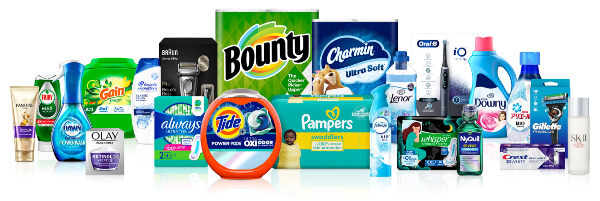


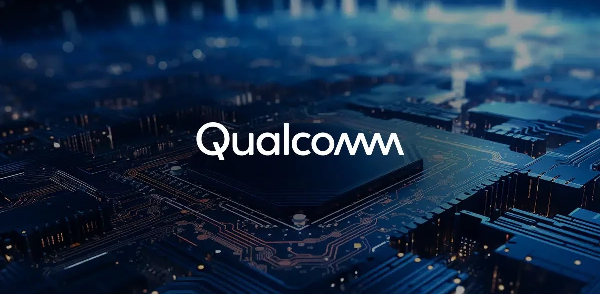



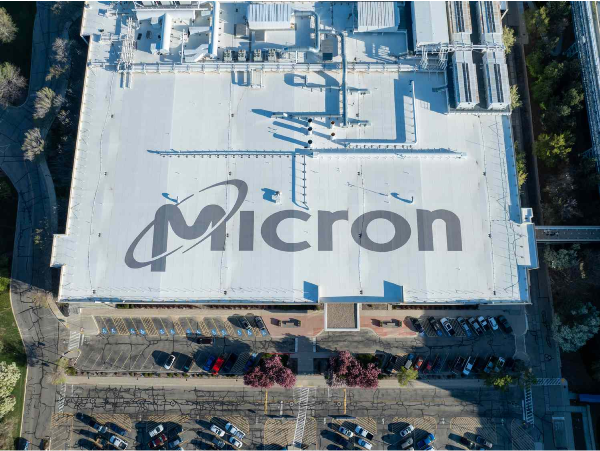

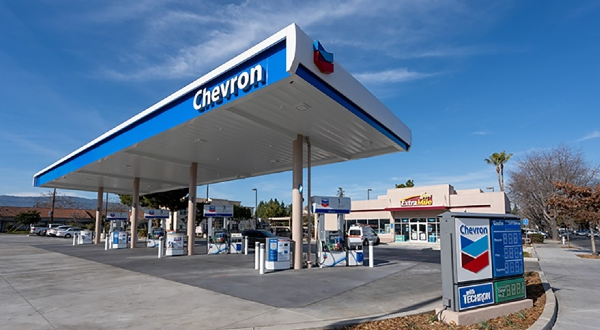
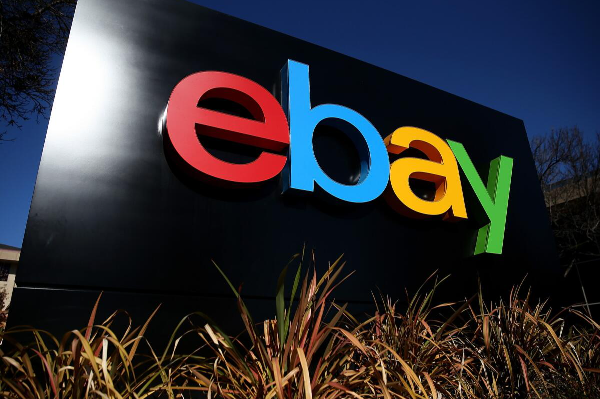
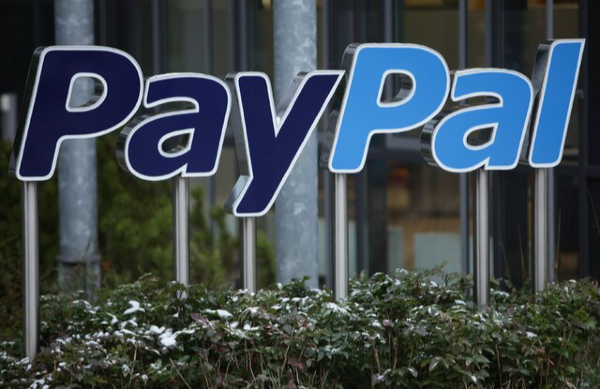





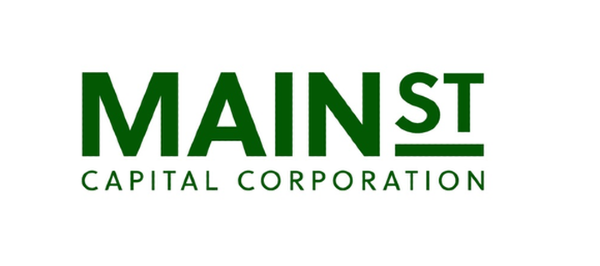
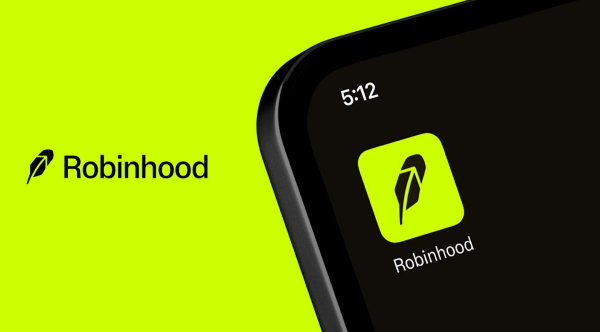
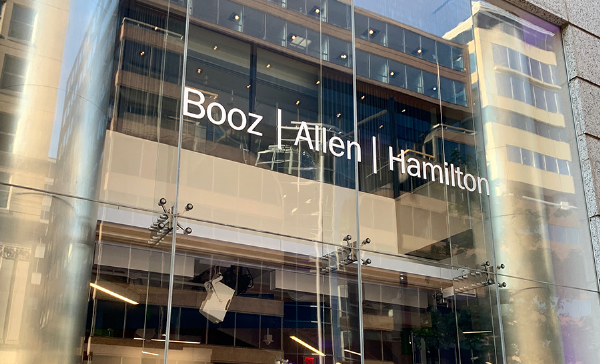









In times of market uncertainty, Procter & Gamble (P&G) emerges as a reliable choice for investors looking to safeguard their portfolios. While the broader market has faced significant declines, P&G remains a resilient option, offering stability, dividends, and strong historical performance. This article delves into why Procter & Gamble is a standout defensive stock, particularly during bear markets and recessions.
Why P&G Excels in Recessions and Bear Markets
Procter & Gamble’s success lies in its core business: essentials. Unlike companies reliant on discretionary spending—such as cruise lines or luxury brands—P&G offers products people can’t do without, like diapers, soap, and household items. During economic downturns, consumers prioritize necessities, making P&G’s business model recession-resistant.
Moreover, P&G has a history of outperforming the market during prolonged bear markets and recessions. While no stock is immune to initial declines during market sell-offs, P&G tends to recover faster and holds up better over time.
Valuation and Dividend Strength
Procter & Gamble’s current valuation reflects its reputation as a defensive stock:
Additionally, P&G offers a dividend yield that is roughly twice that of the S&P 500 average:
Proven Track Record of Growth and Recovery
Procter & Gamble has consistently delivered growth for over 30 years, a rarity among multi-billion-dollar companies. Looking back at the 2008 financial crisis:
This resilience underscores P&G’s ability to weather economic storms and emerge stronger.
Diversifying Beyond Tech
Tech stocks often dominate investor portfolios due to their growth potential. However, during bear markets, they are among the hardest hit. Diversifying with defensive stocks like Procter & Gamble can provide balance and stability:
Final Thoughts
Procter & Gamble is more than just a household name; it’s a cornerstone for defensive investing. With a business model centered on essentials, a strong dividend, and a proven ability to recover quickly, P&G offers a compelling case for inclusion in any diversified portfolio. While no investment is recession-proof, history suggests that P&G is better equipped than most to navigate challenging markets.
For investors seeking stability and long-term growth, Procter & Gamble is a stock worth considering, especially in uncertain times.
Disclaimer: This article is for informational purposes only and does not constitute financial advice. Always consult a financial advisor before making investment decisions.
https://youtu.be/6TeMh4Es9xA?si=Vue1pqCOrF10QzA4